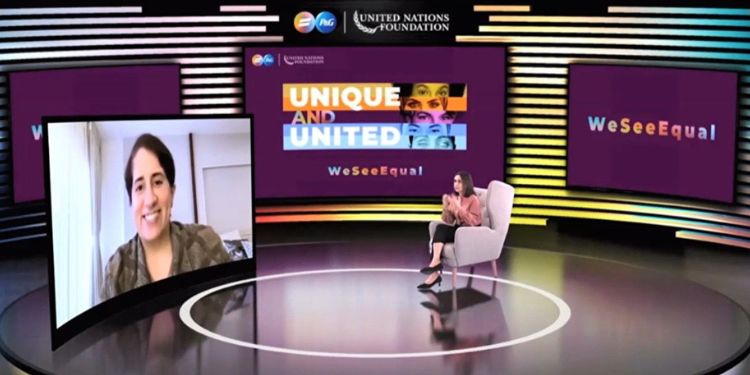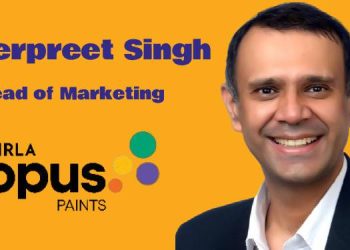“Media does define pop culture. It does define how we dress, talk, and perceive. It is so deep rooted and storytelling is at the core of it,” said Guneet Monga, India’s first Oscar-winning producer, speaking about the role of advertising, media, and content play in enabling equality and inclusion.
At P&G’s #WeSeeEqual Summit on 3 May 2023, Monga was part of a discussion on ‘Seeing is Believing: Power of Advertising and Media’ alongside Kainaz Gazder, Senior VP, P&G Asia Middle East Africa.
The discussion focused on the role played by advertising and media in breaking the bias. Gazder elaborated on how P&G has broken the gender bias with powerful campaigns.
“Recognising the impact of advertising and media, we realised that they influence our language, pop culture, and how we perceive things around us. Ads are designed to be memorable and as one of the world’s biggest advertisers, we take it seriously,” Gazder said.
She cited work on Vicks and Ariel’s ‘Share the load’ campaign, which according to her has become part of popular cultural reference. She also spoke about ‘Always Like a Girl’.
Ariel #ShareTheLoad
Always | #LikeAGirl
Sharing her early memories of the impact TV and movies had on her, Monga mentioned ‘Mile sur Mera Tumhara’ – the music video promoting the concept of unity in diversity conceptualised and directed by Ogilvy’s (late) Suresh Mullick.
Mile Sur Mera Tumhara
“Growing up, something which made a huge impact on me was the Mile Sur Mera Tumhara. It made us feel unified as a country and made us feel like we are all one and connected. It was always there on national television and it always used to give goosebumps,” she said.
She spoke about her journey as a mass communication student, a phase which taught her the journalism format of storytelling.
“I love storytelling and the impact it can make. I never take the two hours people give me of their time for granted. Film for me is an opportunity to talk to a mass audience,” Monga explained.
Towards Equality
“We at P&G look at our responsibility of leveraging the voice of our brands towards equality and inclusion very seriously. We follow a threefold approach. First, we have to make sure that we have a diverse and accurate representation as we do our communication. Second is, P&G wants to be a force for good and the third is that we want equal representation of women behind the camera. A lot of P&G brands have women as target audience and therefore, the way we portray their roles, characters, and the context in which they are portrayed can reinforce or challenge stereotypes,” said Gazder.
Monga touched upon the Indian Women Rising Collective.
“Less than 5 pc of women are behind cameras today. At Indian Women Rising Collective, we decided to put a lot of media support for women filmmakers. We got to a point where the filmmakers got a lot of visibility in India. We are doing a lot of mentorships for younger talent. A basic mentor program where equality is at the center of it. Basic concept is one woman, opens doors of opportunity for ten more and we are not each other’s competition,” she added.
Asked how her own journey is going to impact other budding women artistes and producers, she said, “I am a producer who raised money per film or per project. I learnt about movie production by working on movie sets. I hope it inspires everybody because if we can, so can they, so can anyone. I hope women will bring in more Oscars to the country because that strengthens the faith of having more women behind the camera,” noted Monga.
For long, stories have been told from a man’s lens. It’s about time we have more empathy and capture stories from a woman’s perspective, she reasoned.
“Hence, women telling stories, especially their stories, is very important,” she concluded.

















